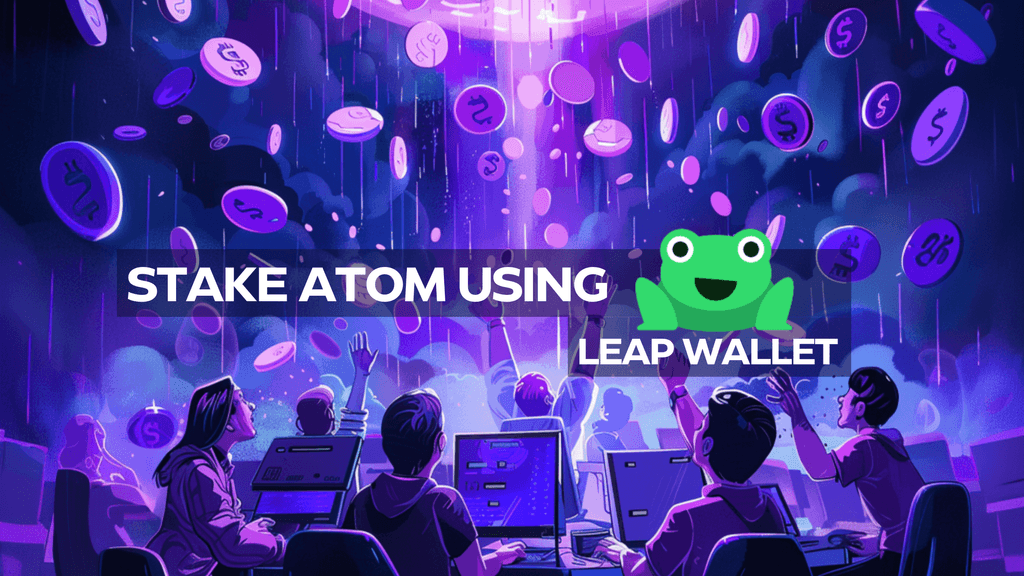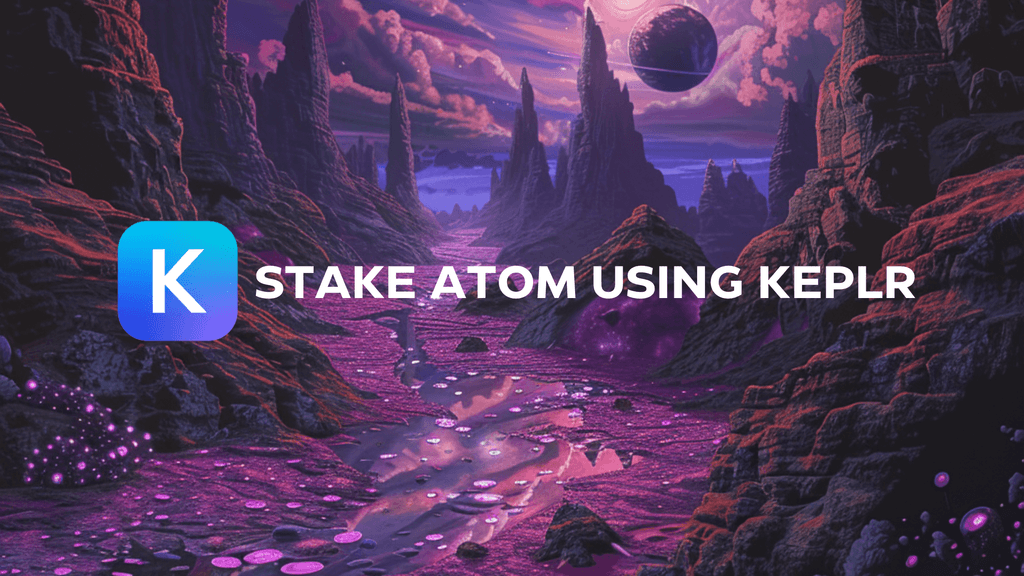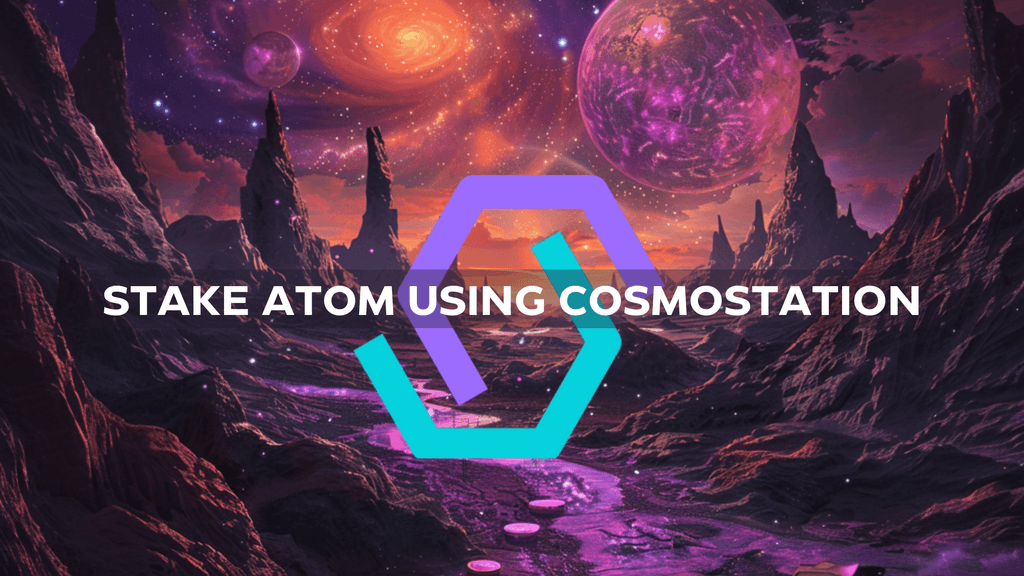- The discussion is focused on Thorchain, which is considered one of the oldest and most successful Cosmos chains, starting its development in 2019.
- Thorchain is described as fundamental infrastructure for the entire cryptocurrency industry, providing basic infrastructure for the movement of money across different blockchains.
- The conversation distinguishes Thorchain from Atomic swaps, highlighting that Thorchain enables cross-chain transactions without the need for a counterparty, addressing issues like liquidity and cancellations that Atomic swaps face.
- Thorchain’s goal is to be interoperable and integrate with various ecosystems, including those within the Cosmos world like Osmosis, Kira, and Injective.
- The discussion touches on Thorchain’s role as a decentralized exchange (DEX) aggregator, emphasizing the collaboration potential among DEXes without the competitive hostility seen in centralized exchanges.
- The Rune token within Thorchain serves multiple purposes, including gas payment, staking for node operators, and providing liquidity as a dual side LP (liquidity provider) in various asset pools.
- The Rune token is not designed as a store of value or governance token but plays a crucial role in providing economic security to the protocol by being used as collateral that can go to zero in case of an attack, discouraging malicious behavior.
- Thorchain achieves native asset swaps, not bridged assets.
- The problem with bridged assets is the added risk and complexity, relying on the security of multiple chains, bridge maintainers, and underlying assets.
- Thorchain’s design initially considered wrapped assets but abandoned the idea due to fundamental flaws and risks associated with economic security.
- The discussion touches on the shift in the crypto industry towards bridged assets and liquid staking derivatives, highlighting the potential risks during a bear market and the need for unwinding such derivatives.
- The speaker criticizes the governance model based on tokens, suggesting that validators should play a more significant role in governance due to their exposure and active participation.
- LPs (liquidity providers) are considered valuable contributors, providing a service that people are willing to pay for, and they might have a role in governance depending on the protocol’s design.
- The discussion transitions to explaining how a swap works on Thorchain, involving the insertion of one asset (e.g., Bitcoin), conversion to Rune, and then swapping to the desired asset (e.g., Ether).
- The Rune token is correlated with the total value locked (TVL) in the network’s liquidity pools, and its price is influenced by the liquidity, volume, and prices of other assets paired with Rune.

Stake Cosmos ATOM Using Leap Wallet
In this step-by-step guide we will show you how to stake ATOM tokens using Leap extension and Leap mobile wallets.
April 23 · 19 min read


